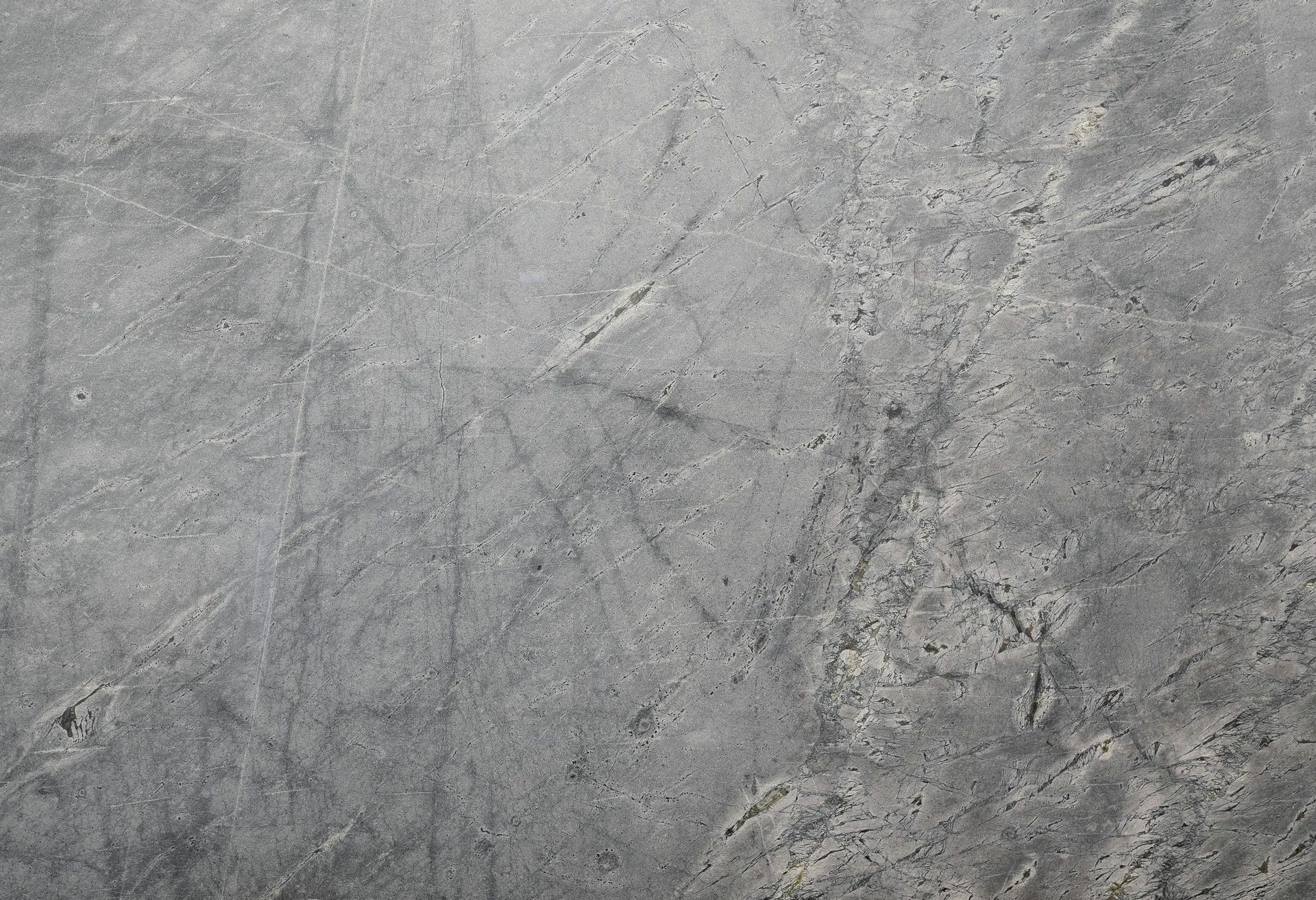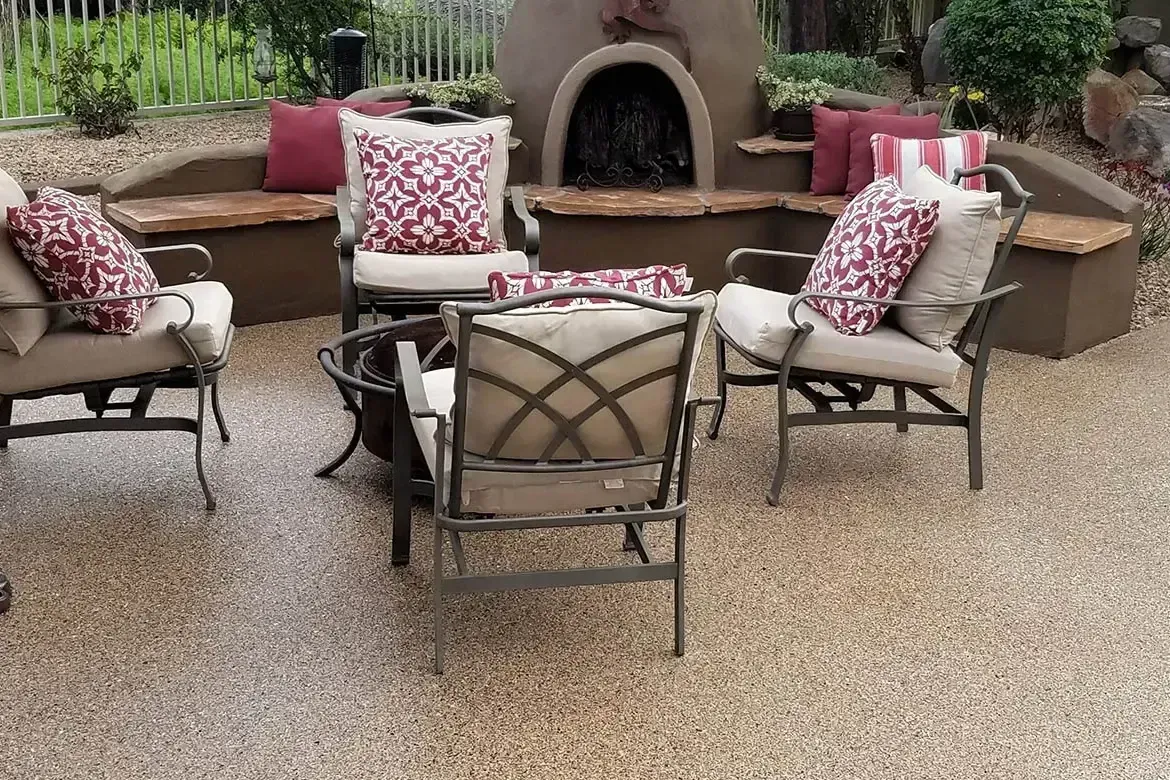Preparing Your Concrete Floor for Coating: A Step-by-Step Guide
Concrete coatings don’t just stick to any surface—they bond. For that bond to be strong, the concrete needs to be properly prepared. Skipping or rushing prep work leads to poor adhesion, premature peeling, and wasted investment. That’s why at GatorGuard, we treat surface prep as one of the most important parts of the process.
This guide breaks down the key steps in concrete coating prep and explains why each one matters for long-term performance.
Why Proper Prep is Critical

Concrete may look solid, but it’s full of pores, residue, and sometimes even hidden moisture. Concrete coatings need a clean, open surface to bond to, one that is free of dust, oil, sealers, and anything that could block penetration. A beautiful finish starts with what’s beneath it.
Unprepped or poorly prepped surfaces are one of the top reasons coatings fail. That’s why we never cut corners or rush into coating without carefully prepping the slab first.
Step 1: Moisture Testing
Why it matters: Concrete can hold moisture below the surface, especially in basements, garages, or newly poured slabs. If that moisture rises after coating, it causes bubbling, blistering, or complete delamination.
What we do: We test for vapor transmission using specialized tools. If the reading is too high, we use moisture-mitigating products, like our GatorShield system, to protect the coating from hydrostatic pressure.
Step 2: Surface Inspection and Repairs
Why it matters: Cracks, pits, or spalling (surface flaking) affect how evenly the coating can be applied. Without repair, those imperfections show through the finish or compromise the strength of the coating in high-use areas.
What we do: We inspect for structural issues, movement cracks, and surface damage. Any flaws are repaired using compatible materials that bond well under the coating system. This ensures a flat, consistent surface and prevents weak spots.
Step 3: Mechanical Surface Profiling
Why it matters: Coatings don’t just sit on top of the concrete—they soak in and lock into place. But they can’t do that on a smooth or sealed surface. Concrete needs to be mechanically profiled to create a clean texture the coating can grab onto.
What we do: We use diamond grinding or shot blasting to remove surface contamination and open up the pores. The result is a textured profile, similar to sandpaper, that provides a perfect bonding surface. This step replaces acid etching, which is inconsistent and environmentally risky.
Step 4: Cleaning and Dust Removal
Why it matters: Even tiny amounts of dust, grease, or leftover debris can keep epoxy or polyaspartic coatings from sticking properly. This can lead to pinholes, bubbles, or uneven color.
What we do: We vacuum the entire area using HEPA-filtered equipment, followed by a final surface wipe. Any oil stains are degreased, and edges are cleaned thoroughly. This step gives us a truly clean slate to begin coating.
Step 5: Primer or Moisture Barrier (When Needed)
Why it matters: Some surfaces, especially older slabs or below-grade concrete, need an extra layer of protection. Primer improves adhesion and evens out absorption. A moisture barrier adds protection against future vapor transmission.
What we do: We select the right base layer depending on the condition of your concrete. This might include moisture-control epoxy or a specialty primer to support full flake or metallic systems. This layer becomes the foundation for every coat that follows.
Why You Shouldn’t Skip Any of These Steps
The coating itself is just one part of the system. If you want it to last 10–15 years without peeling, fading, or lifting, proper prep isn’t optional—it’s essential. Every one of these steps supports the next and contributes to:
- Long-term durability
- Uniform color and finish
- Resistance to water, salt, and chemicals
- Better value for your investment
GatorGuard Does the Work So You Don’t Have To
We never rely on shortcuts or one-day installs. Our multi-day coating process is designed to give every layer time to cure and every step time to do its job. Whether we’re coating a garage in Macomb or a basement in Ann Arbor, prep is always part of the promise.
Book your free consultation today to learn more about how we prep your surface for a floor that holds up and holds strong.
The post Preparing Your Concrete Floor for Coating: A Step-by-Step Guide appeared first on GatorGuard.





